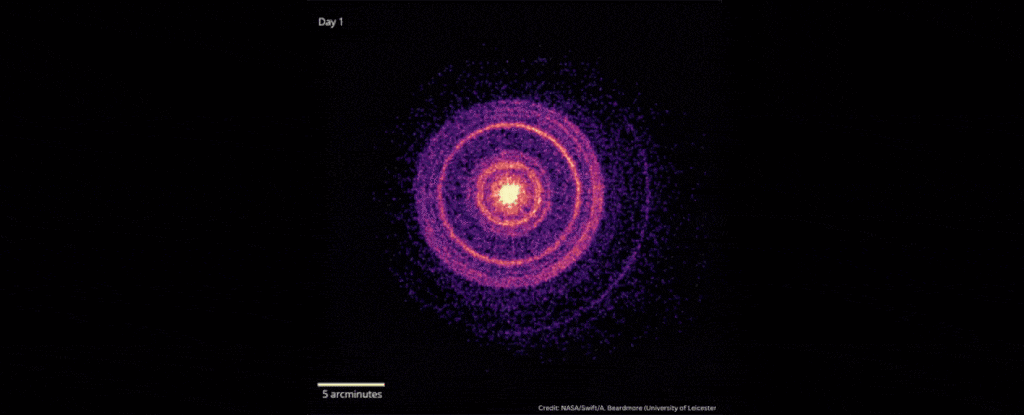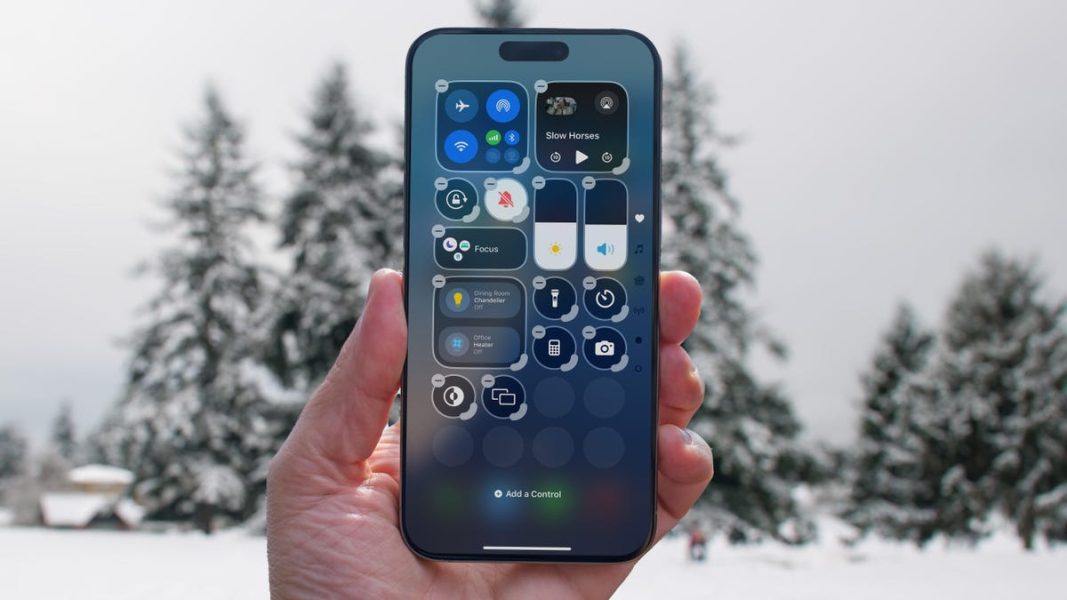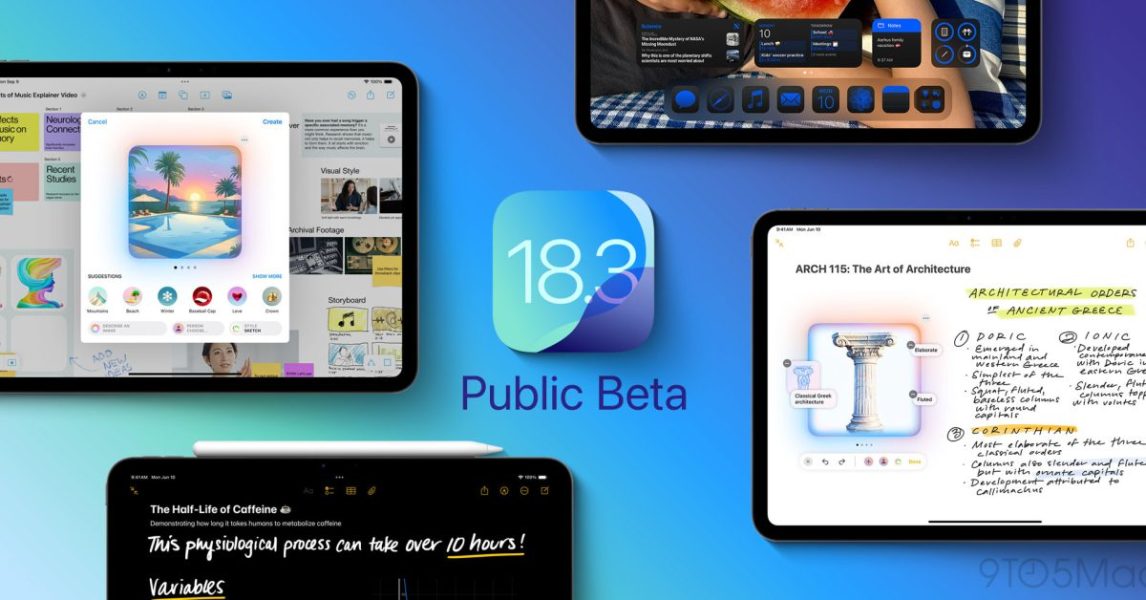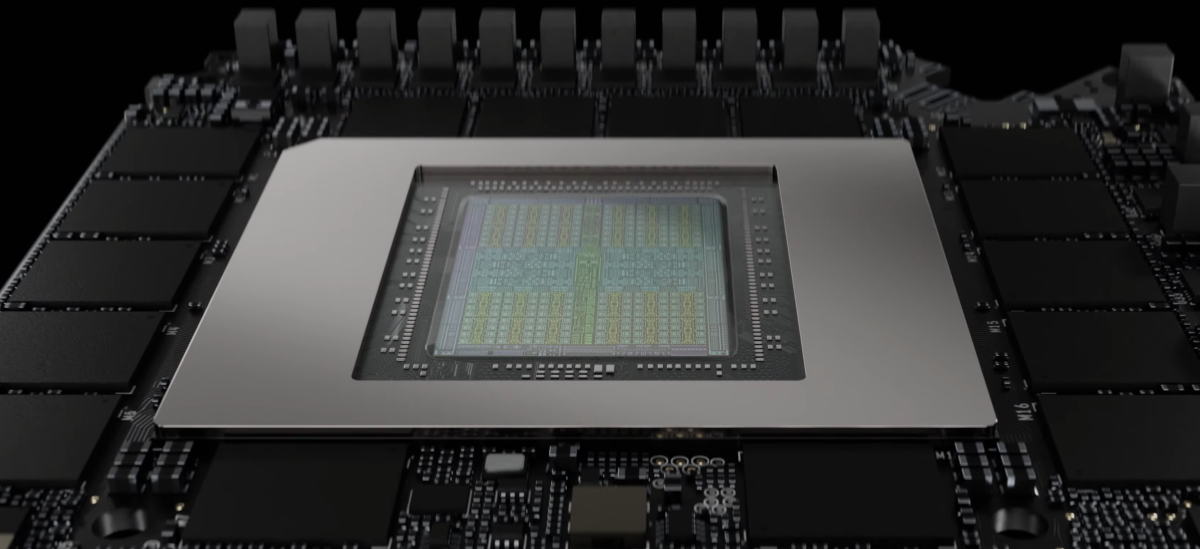If We Want to Live on Other Worlds, We’re Going to Need New Clocks – Universe Today
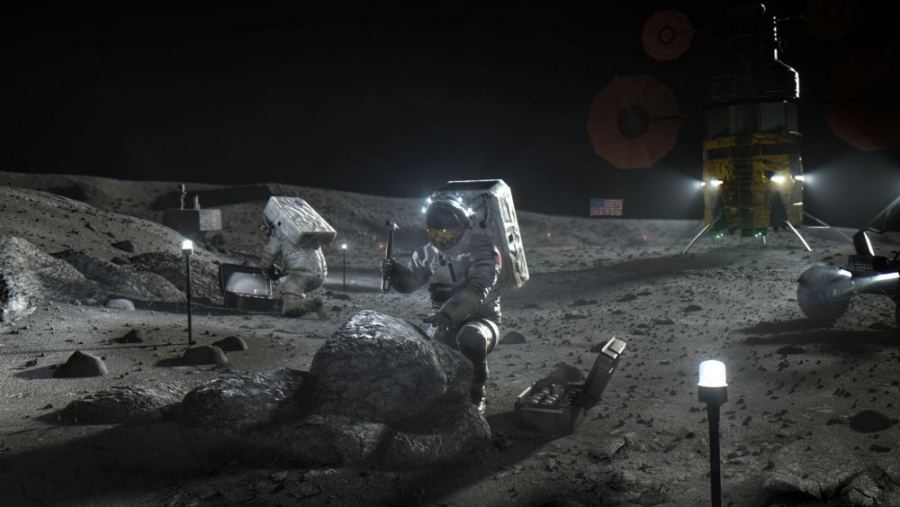
Universe TodaySpace and astronomy newsBetween NASA, other space agencies, and the commercial space sector, there are some truly ambitious plans for humanity’s future in space. These plans envision the creation of permanent infrastructure on and around the Moon that will enable a permanent human presence there, complete with research, science, and commercial operations. They also call for the first crewed missions to Mars, followed by the creation of surface habitats that will allow for return visits. These plans present many challenges, ranging from logistical and technical issues to health and human safety.Another challenge is coordinating operations across the lunar surface with those in orbit and back at Earth, which requires a system of standardized time. In a recent study, a team of NASA researchers developed a new system of lunar time for all lunar assets and those in cis-lunar space. They recommend that this system’s foundation be relativistic time transformations, known more generally as “time dilation.” Such a system will allow for coordination and effective timekeeping on the Moon by addressing discrepancies caused by gravitational potential differences and relative motion.The study was conducted by Slava G. Turyshev, James G. Williams, Dale H. Boggs, and Ryan S. Park, four research scientists from NASA’s Jet Propulsion Laboratory (JPL). The preprint of their paper, “Relativistic Time Transformations Between the Solar System Barycenter, Earth, and Moon,” recently appeared online and is currently being reviewed for publication in the journal Physical Review D.Relativistic time transformations (RTT), as predicted by Lorentz Transformations and Einstein’s Special Theory of Relativity (SR), describe how the passage of time slows for the observer as their reference frame accelerates. When Einstein extended SR to account for gravity with his theory of General Relativity (GR), he established how acceleration and gravity are essentially the same and that the flow of time changes depending on the strength of the gravitational field. This presents a challenge for space exploration, where spacecraft operating beyond Earth are subject to acceleration, microgravity, and lower gravity.As Turyshev told Universe Today via email, RTT will become a major consideration as humans begin operating on the Moon for extended periods of time:“[RTT] account for how time flows differently depending on gravitational potential and motion. For example, clocks on the Moon tick slightly faster than those on Earth due to the weaker gravitational pull experienced at the Moon’s surface. Though these differences are small—on the order of microseconds per day—they become significant when coordinating space missions, where even a tiny timing error can translate to large positional inaccuracies or communication delays. In space exploration, precise timing is critical. Various time scales serve different roles, depending on the frame of reference.”In their paper, the team identified three major timescales that come into play. They include:“Relativistic corrections link these time scales, ensuring consistent timekeeping for spacecraft navigation, planetary ephemerides, and communication,” added Turyshev. “Without such corrections, spacecraft trajectories and mission timings would quickly become unreliable, even at relatively short distances.”NASA’s Artemis Program includes multiple elements operating in cislunar space and on the lunar surface around the south pole region. These include the orbiting Lunar Gateway, multiple Human Landing Systems (HLSs), and the Artemis Base Camp – which will consist of the Lunar Terrain Vehicle (LTV), the Habitable Mobility Platform (HMP), and the Foundation Surface Habitat (FSH). In addition, the ESA plans to create its Moon Village, consisting of multiple transportation, power, and in-situ resource utilization (ISRU) elements.China and Russia also have plans for a lunar habitat around the Moon’s south pole region, known as the International Lunar Research Station (ILRS). Based on multiple statements, this station could include a surface element (possibly in a lava tube), an orbital element, and other elements similar to the Artemis Base Camp and Moon Village. These will be followed and paralleled by commercial space interests, which could include harvesting, mining, and even tourism. And, of course, these operations must remain in contact with mission control as the Moon orbits the Earth.As lunar exploration accelerates, says Turyshev, defining a dedicated Lunar Time (LT) scale and a Luni-centric Coordinate Reference System (LCRS) becomes increasingly important. Hence, he and his colleagues developed a TL scale to ensure precise timekeeping for activities on and around the Moon. Their approach involves applying relativistic principles used for Earth and adapting them to the Moon’s environment, including:“Our results show that lunar time drifts ahead of Earth time by about 56 microseconds per day, with additional periodic variations caused by the Moon’s orbit,” said Turyshev. “These periodic oscillations have an amplitude of around 0.47 microseconds, occurring over a period of approximately 27.55 days.”To derive these transformations, Turyshev and his team relied on high-precision data from NASA’s Gravity Recovery and Interior Laboratory (GRAIL) mission, twin satellites that studied the Moon between 2011 and 2021. In addition to mapping the lunar surface, the twin satellites also mapped the Moon’s gravitational field in fine detail. This was combined with measurements made by Lunar Laser Ranging (LLR) experiments, which measure the Earth-Moon distance with millimeter-level precision. Said Turyshev:“Using this data, we modeled the Moon’s gravitational potential and orbital dynamics, ensuring sub-nanosecond accuracy in the resulting time transformations. Key constants were introduced to describe the transformations, analogous to those used for Earth-based time systems. The most critical of these constraints are:“These transformations form the basis of our highly accurate lunar timekeeping system, which is crucial for future mission planning and operations.”As Turyshev and his colleagues establish in their paper, there are many reasons why creating a unified lunar time system is essential for mission success. These include:New systems of timekeeping are one of many adaptations that humanity must make to become an interplanetary species. A coordinated system of lunar time will become increasingly important as humanity’s presence on the Moon grows and becomes permanent in this century. Similar measures will need to be taken once regular crewed missions to Mars begin, and those efforts have already begun in earnest! Check out Mars Coordinated Time (MCT) and the Darian Calendar to learn more.Further Reading: arXivYou must be logged in to post a comment.This site uses Akismet to reduce spam. Learn how your comment data is processed.
